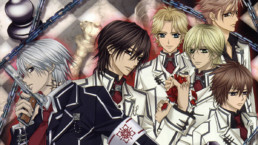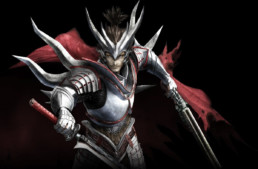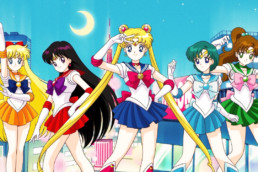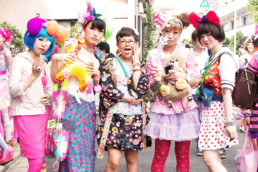Japanese Folklore: Kappa
Kappa or “Son of the river”
A Kappa is a funny chimera, its true appearance is still unknown, a bit human a bit monkey-like. But most of the times it is depicted with the face of a tortoise with a yellow beak. From tortoises it borrowed the shell and the scaly skin with its watery colors, usually of a nice seaweed-green. On the head it carries a lotus leaf containing water, and it is from this water that it draws its powers. This is the Kappa (河童) or, if you like, you could call it Kawatarō ( "boy of the river") or Kawako ("son of the river"), you will make him happy.
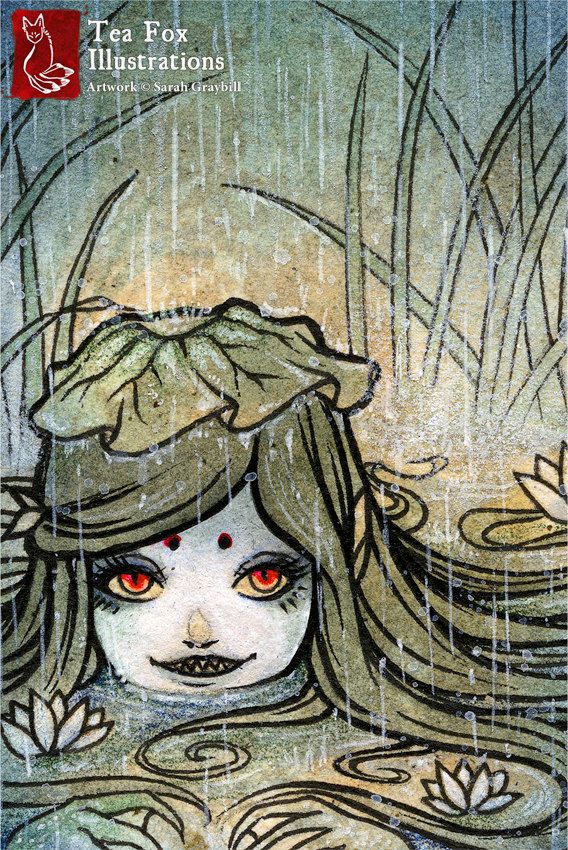
Born as a warning to scare kids away from the dangers lurking into deep waters, they are Shintoist Suijin (水神 "water god"). However, generally speaking these mythological figures are one of the many Yōkai (demons or phantoms) of the Nipponic folklore.
As much as its appearance may arouse your mockery, the Kappa is not the type to make fun of because it is a mischievous and naughty creature. In the past it was said that he abducted children because it is a glutton for them, but didn’t say no to adults bowels. They are always ready to do mischievous pranks from pulling the kimono of young girls to stealing the harvest of farmers.
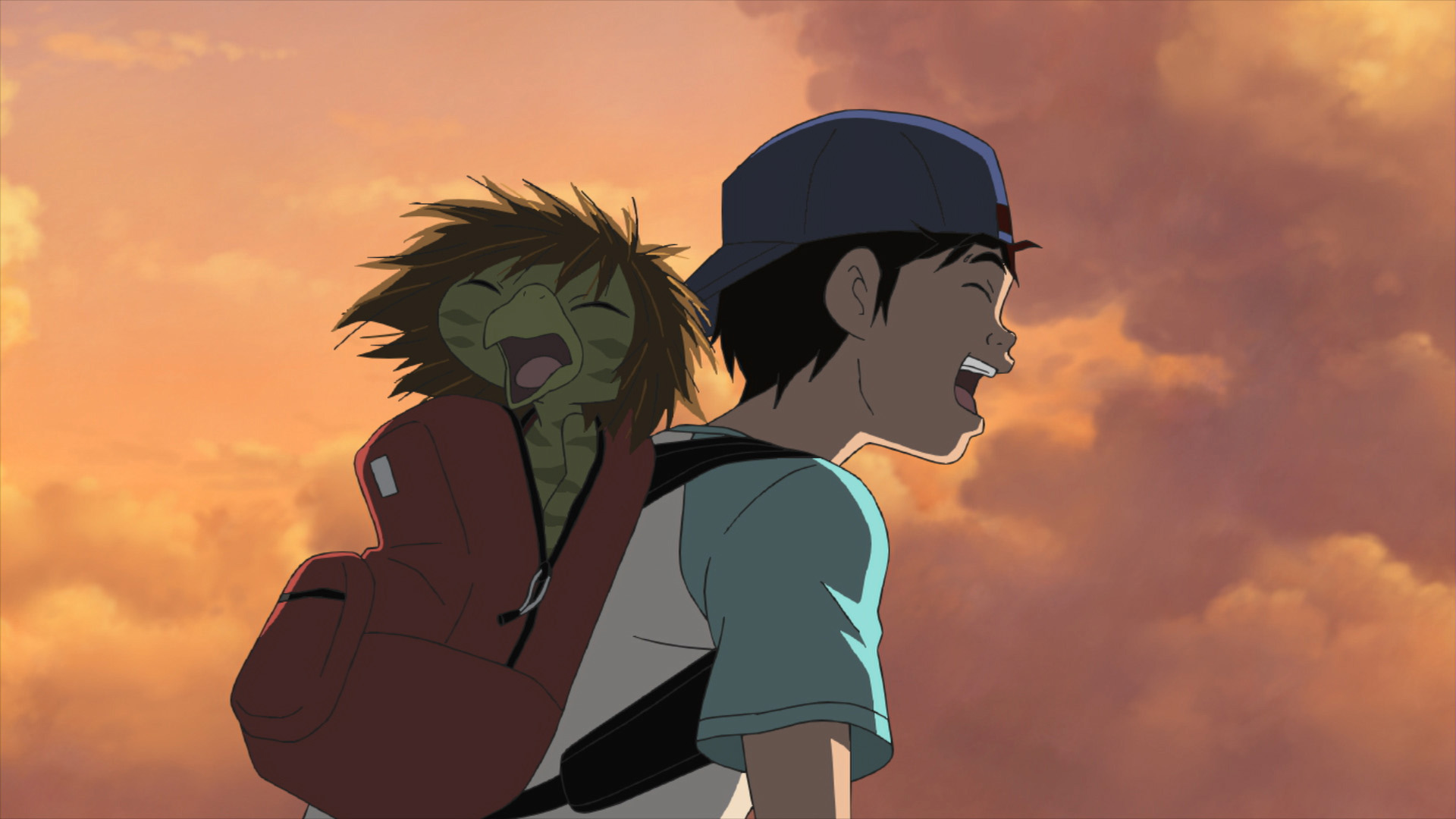
Even if it is naughty and somewhat dangerous, formalities are a good way to be safe with it. That’s right, it is a very polite creature even if it seems hard to believe. The Kappa loves good manners and if you make him do a good, deep bow, it will spill its magical water and lose all its powers. The Kappa is also a creature always ready to stick to its word and to give rewards. If you find a Kappa in difficulty help it by pouring water on the leaf on its head, it will be indebted to you for life! Maybe you would like to have one of them as a friend? Well, I said nothing but Kappa love cucumbers! Yes! Offer this fresh vegetables to a Kappa and it will reward you with its friendship. And well, who wouldn’t like to have one as a friend nowadays?
Usually, they live in lakes and deep ponds and this is why they are skilled swimmers. But here we must say “kappa no kawa nagare”, "a kappa drowing in a river" , because even the most skilled make mistakes, so never give up!
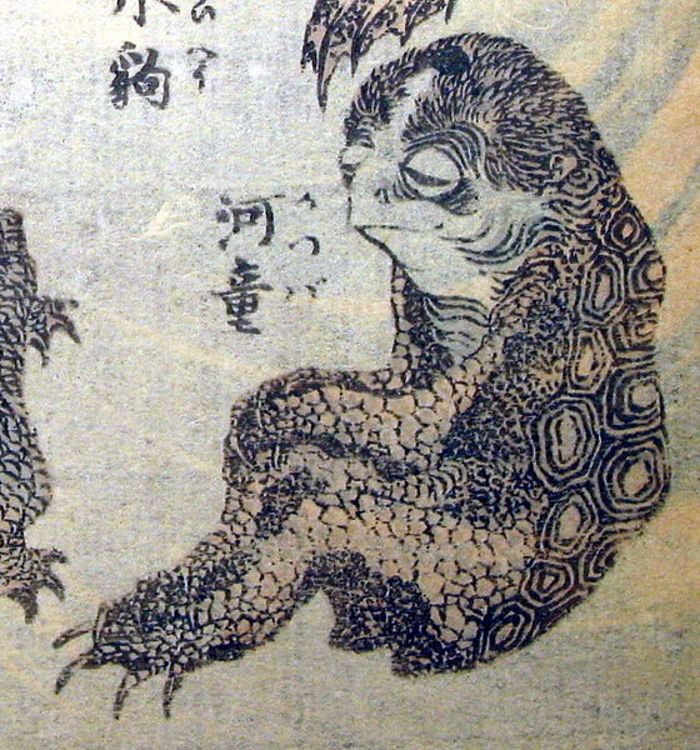
Nowadays they are not as feared as in the past, they have become somewhat more “Kawaii” and a great number of animes take a cue from them. In Marmalade Boy the two main characters Miki and Yu have a Kappa plush as their mascot; different Pokemons were inspired to this creature and Kappa no Coo to Natsuyasumi (Summer days with Coo) is the story of the friendship between a kid of our days and a Kappa looking for its fellows.
Even J.K. Rowlong wrote about this mythological creature in her book Fantastic beasts: where to find them. And if you are interested in seeing a real one, or at least what is left of it, you would like to go to Asakusa, Tokyo district. In the Buddhist temple Sogen-ji you can worship its remains.
photo credit: manganews, wikipedia, facebook.com/TeaFoxIllustrations
Japanese Culture: Vampire Knight
Vampire Knight: Japan's Vampires
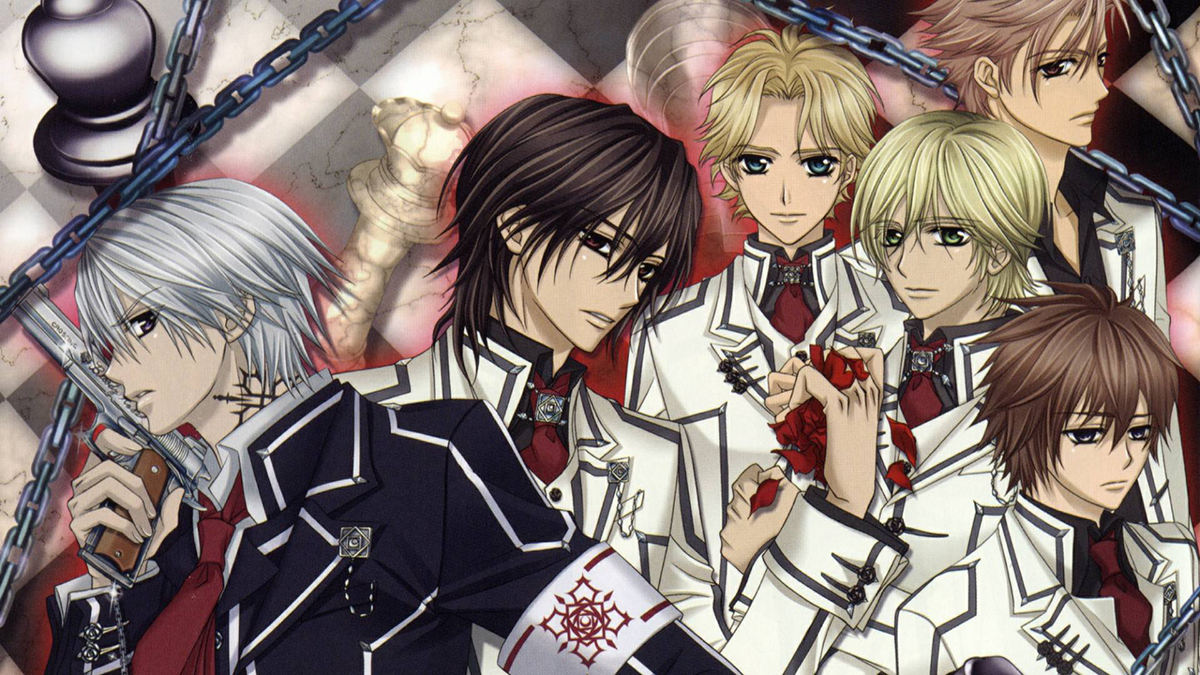
Which are the most fascinating and feared creature of the darkness of all times? The answer is simple and obvious: the Vampires.
In the common imaginary vampires have their origins in the inland Europe, but probably not many know that there is a race of vampires that actually comes from Japan! We are talking about Vampire Knight.
ヴァンパイア騎士 (Vanpaia Naito) is written by Matsuri Hino. She is a really an expert in the shōjo-gothic genre and debuted on the January number of the magazine LaLa in 2015. The artist gives us an extremely romantic image of vampires. Beautiful in the eyes of humans, they are different from the common "bloodsuckers".
They have blood running in their veins too, and drinking the blood of the beloved person is a sign of devotion like no other that will quench the thirst of the vampire who does it.
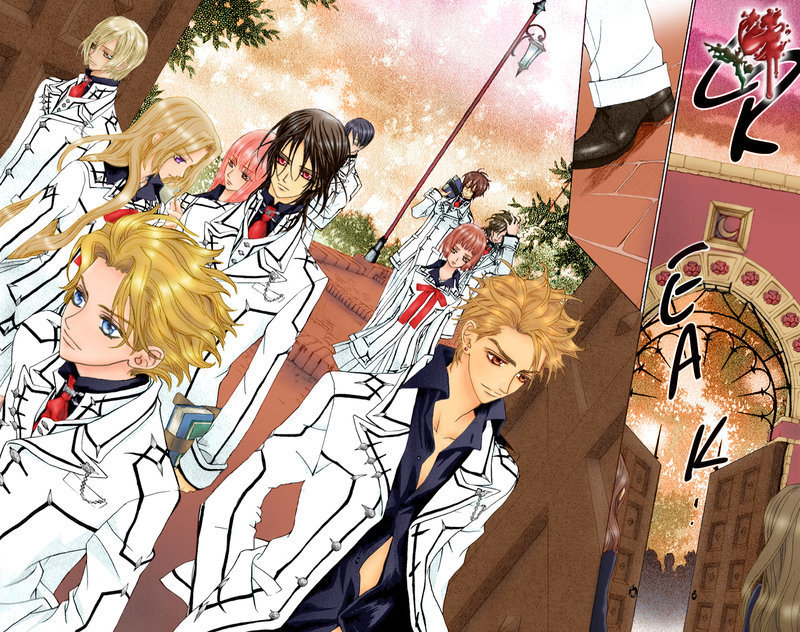
The Cross Academy
In an obscure world out of space and time the protagonists of Vampire Knight live in a prestigious private school with an unusual class structure. Students are divided in two different classes. The Day Class, attended by normal people that take their lessons during the day, and the Night Class, whose students are hiding a secret. To other students they are like an elite of geniuses, but in reality they are beautiful vampires. Only three people of the Day Class know the truth about the Night Class: the school director and the two “Guardians”: Yuki Cross, the protagonist and Zero Kiryu.
Around them, we find among others the characters of Shiki Senri, Hanabusa Aidou e Takuma Ichijo, mysterious and charming noble vampires bounded to the Pureblood and head of the Night Class Kaname Kuran by a strong friendship and the obedience imposed by hierarchy.
From this starting point takes place a thrilling story full of twist and turns. The panels, that were skillfully drawn by the artist, have a dark touch through which the protagonists communicate the anxieties of their souls and the pathos they live day after day.
The vampires depicted here are creatures surrounded by a natural sensuality. Like in the best literary tradition, even the most gory scene is magically enveloped by an aura of charm and refinement. All this contributes to make every kind of fight less bloody.
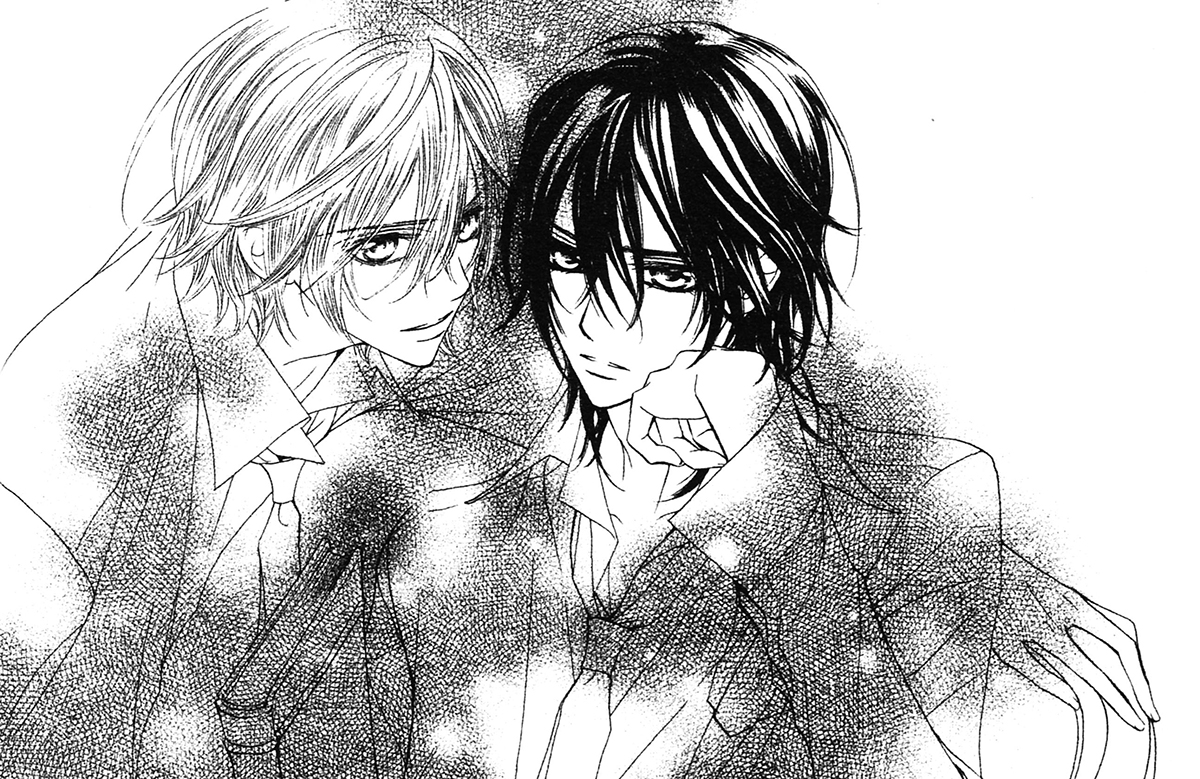
Eternal love and damnation
The characterizing theme of Vampire Knight is Eternal Love. The internal struggle of the characters to conquer what their heart truly desires, the will to withstand even the most painful choices.
Considering this aspect, Kaname’s personality is the most complex of all. Authoritative especially with his classmates of the Night Class and merciless toward his enemies. He is rarely seen smiling or letting himself go, but his personality changes in front of Yuuki. He shows all his tenderness and the great sense of protection he is capable of only with her. The metaphor of tormented love, that emotion that entails despair, pain and inner struggle. All of this embodies in the character of Kaname the determination, the strength and the ability to overcome every boundary in order to reach his objective.
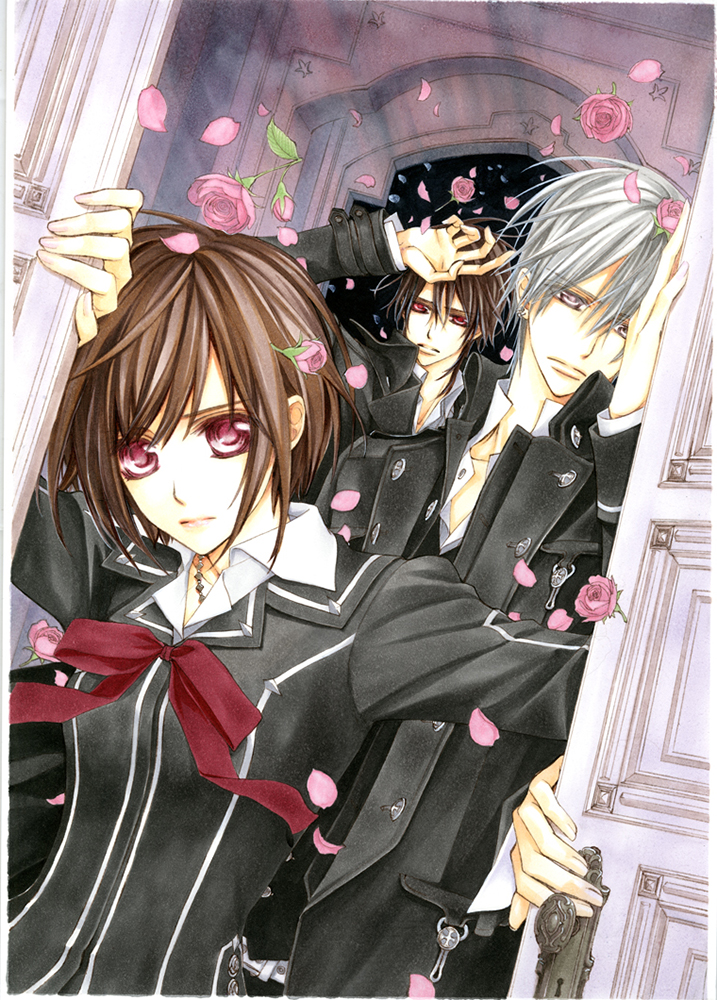
Anime, CD Drama and Novels
A story like this certainly couldn’t be left only written on the paper. The first episode of the anime series of Vampire Knight was produced by Studio Deen. It was aired on TV Tokyo on April 8, 2008. Its success convinced the director Kiyoko Sayama to work on a second series, Vampire Knight Guilty. It was aired on October 7, 2008 and a third one aired during 2014. Unforgettable are the opening themes of both seasons. These are "Futatsu no Kodō to Akai Tsumi” e "Rinne: Rondo”. Together with the ending themes “Still Doll” and “Suna no Oshiro”, they were included in the soundtrack album consisting in 30 tracks composed by Haketa Takafumi.
More than that, 2 CD drama were released. One is “LaLa Kirameki” released in September 2005. The second volume “Vampire Knight Midnight CD-Pack”, available only through online order.
Moreover, Matsuri Hino in collaboration with Ayuna Fujisaki published two Light Novels in 2008. Both novels are not specifically based on chapters of the manga but are side-stories about some characters of the story.
In November 2008 an official Fanbook was published too: “Vampire Knight Fanbook: Cross”. This last work gives further information on the characters and also includes detailed images of the author’s storyboard.
And the story doesn't end here...
Photo credit: Google images; Vampire Knight wiki;
Japanese Culture: Shingeki no Kyojin
SHINGEKI NO KYOJIN – The revelation of the past few years
This time we will talk about Shingeki no Kyoujin (進撃の巨人), translated in English as Attack on Titans, the revelation of this past few years.
It's an action horror shōnen manga series already recognised as a cult among anime and manga fans. For those who don't know it, it is enough to know that in just a short period of time it was able to climb up all charts, Japanese ones and worldwide too. It became one of the most viewed anime around the world, and its original manga ranks second in numbers of sold copies, second only to One Piece.
To give you some numbers, we talk about around 2 million copies per volume (Japanese sales), while One Piece sales are around 3 million copies.
This results are even more incredible if we consider that One Piece has many years of releases already (the first volume was released back in August 1997). On the contrary, the first volume of Shingeki no Kyojin was release only in September 2009. This numbers are enough to make your head spin, and contributed to let this manga gain the prestigious Kodansha Manga Award in the shōnen category in 2011, to say the least.
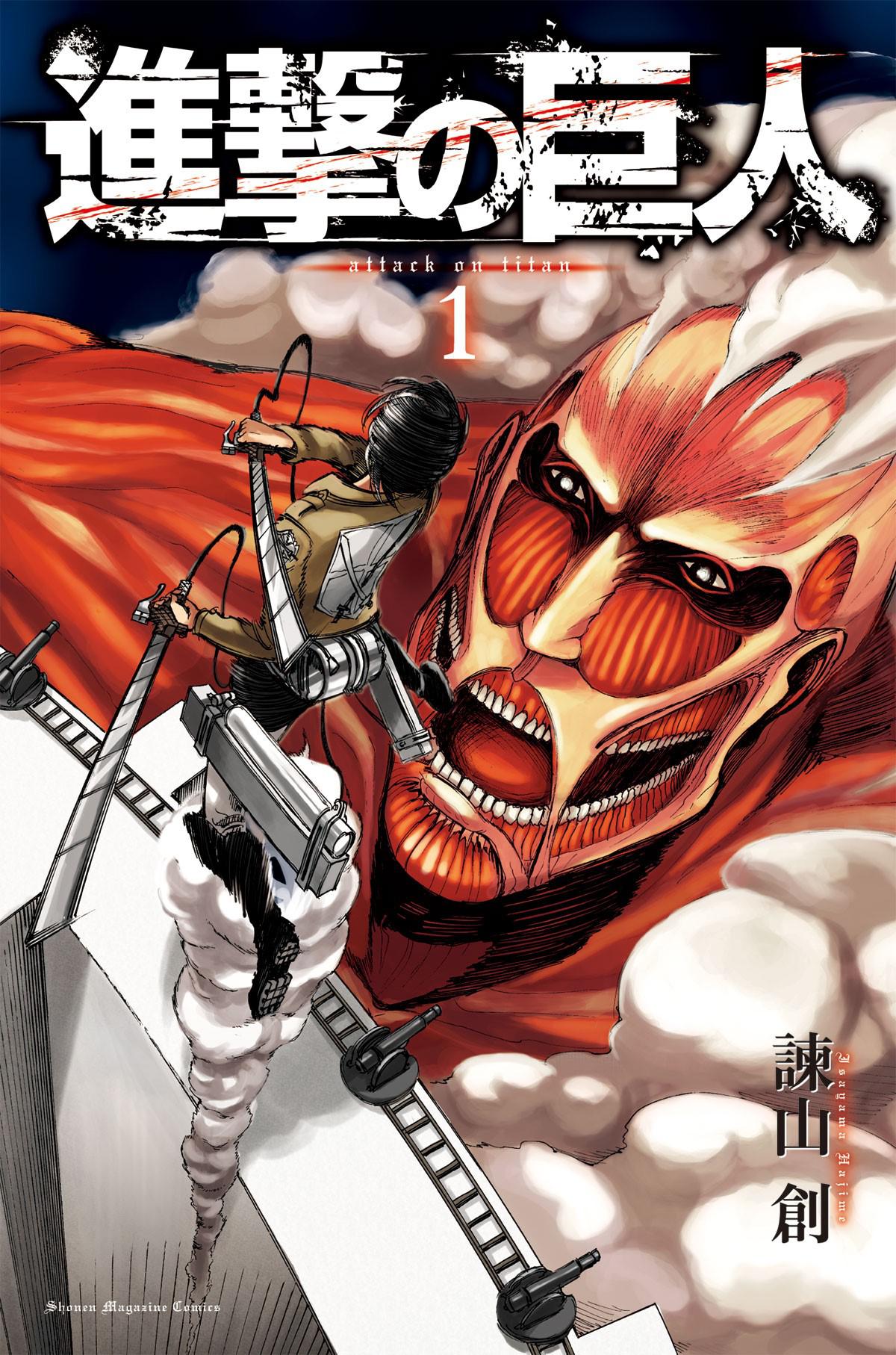
Plot
The original manga is published by one of the largest publishing companies in Japan, the Kodansha Publishing. It counts 21 volumes up to today. It was created by Hajime Isayama and the story, and it takes place in an alternative Midldle Age era. The plot revolves around the character of Eren Jaegar. He lives in a world that many centuries before had been on the verge of destruction. The few humans that survived now live in a urban complex built inside three concentric walls, 50 meters each. The only protection between mankind and the outside world overrun by mysterious creatures are the titans.
This titans resemble human beings but they can be from 3 to 15 meters tall, apparently thoughtless and with the sole objective of devouring human flesh. However, an unexpected event will bring this period of peace to an end. A titan so tall that he could even surpass the walls, appears from nowhere opening a hole in the most external wall. This allowed other titans to break into the city and leading to the massacre of many human lives.
Eren, after regaining his senses because of the loss of his mother by the hands of a titan, swears to eliminate every single titan in the world, and he will not be alone in this fight against the unknown.
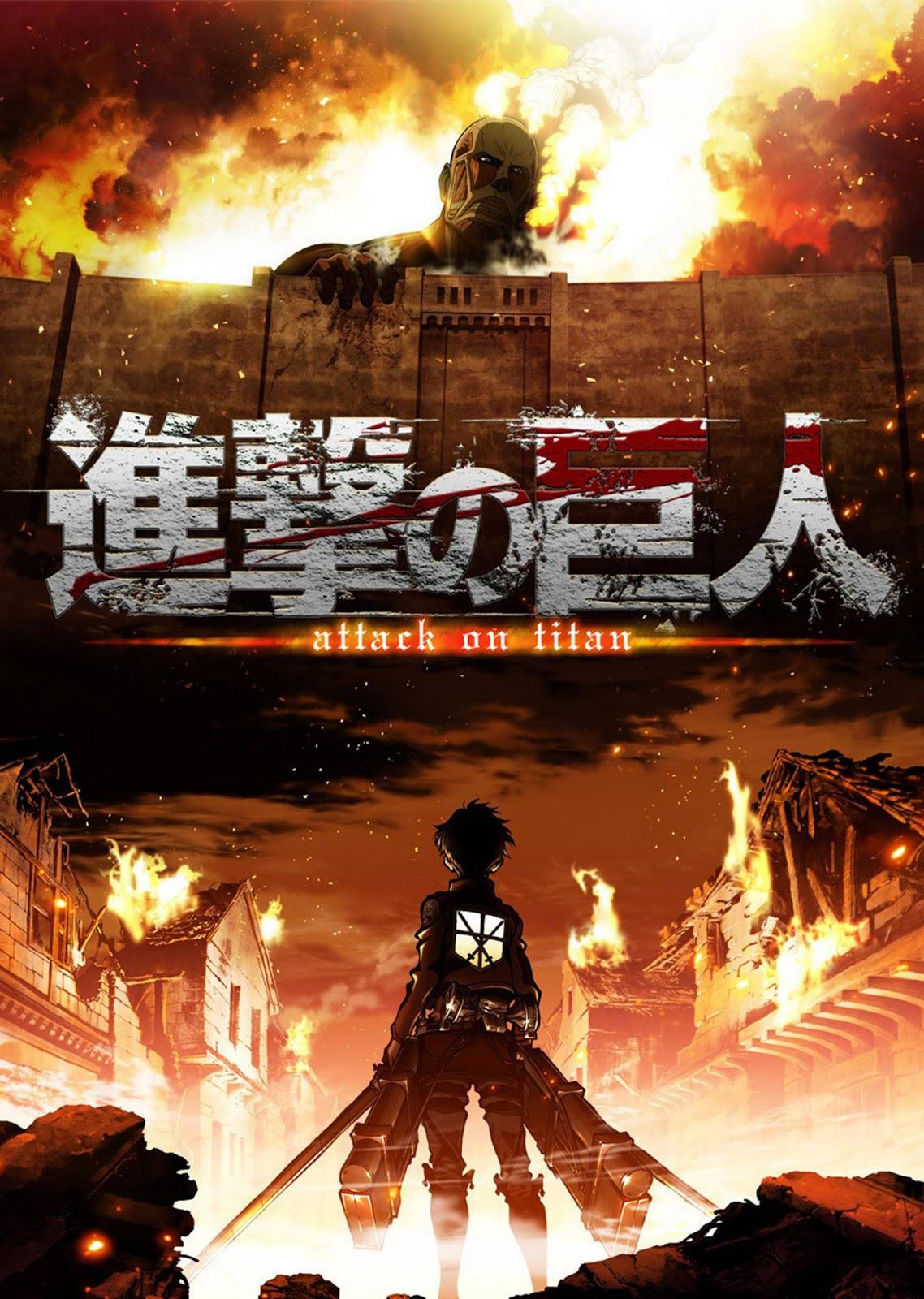
Anime adaptation and international recognition
This series gained its worldwide success thanks to its anime adaptation, produced by Wit Studio in collaboration with the famous Production I.G, that was release in 2013.
The difference with the original panels of Isayama in terms of visual impact is astonishing: with an incredible attention to even the smallest detail, and animated by an extremely realistic animation, all the characters take their actions on a background equally elaborated and realistic. The producers of the animated series filled the holes in terms of style left by the mangaka. He also followed the whole production, giving advice on which was the best way to give shape to his ideas.
The original soundtrack skillfully created follows the whole narration. It never fall silent, it never leaves open spots. Instead, it contributes to underline every instant of the story and envelopes the viewer in an action anime full of twists and turns.
Action, horror elements, political intrigues, religious fanaticism and the fight for survival create the background. Here well delineated characters take their action, in a crescendo of action and suspense, showing us both the strength and fragility of human beings.
Nothing has been left to chance. Even characters that apparently look not so important will be proven to have a fundamental role to play.
The horror element is skillfully balanced, it doesn't exceed into pure violence, searching for the smallest gory detail. All this makes the animated version even more enjoyable and appropriate even for people who don't really like this genre.
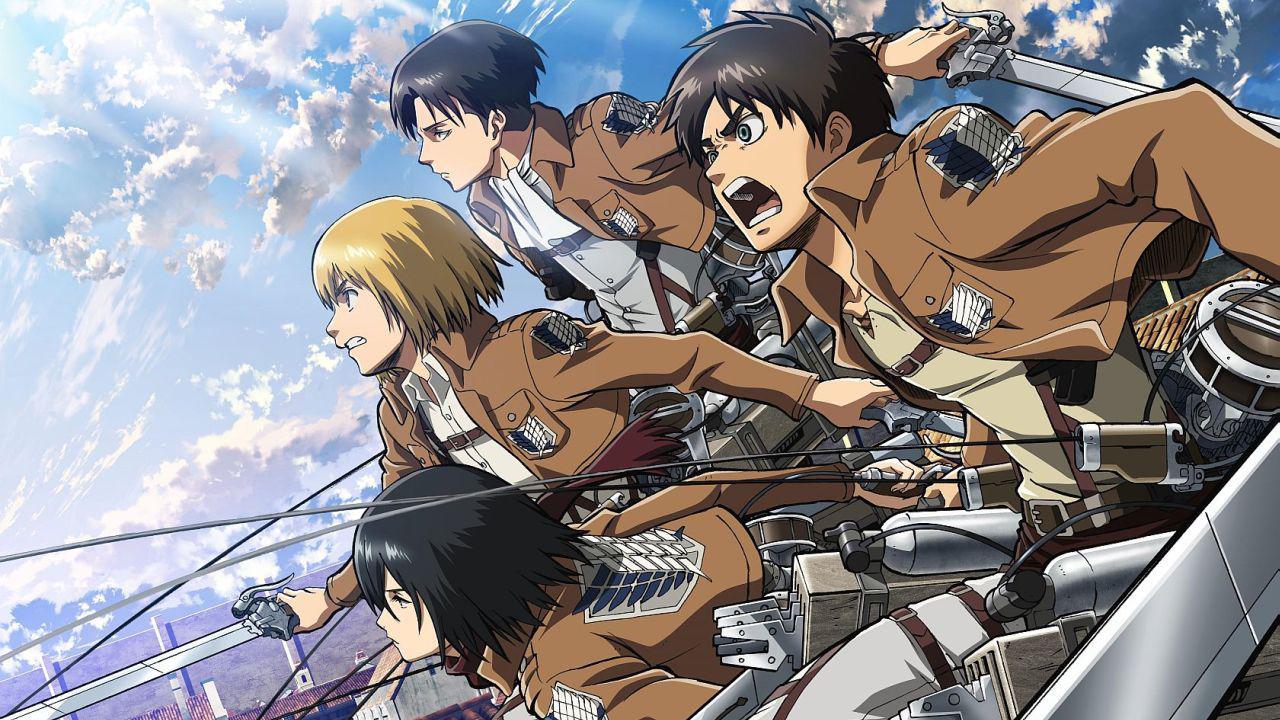
Interpretations
This series is open to many interpretations, someone even wanted to read into it a sort of political propaganda. However, the author himself gave us some keys to understanding the genesis of the story.
For examples, the 3 walls in which mankind survives, can be seen as both a protection and a suffocating prison. This is the exact same feeling that the Isayama experienced living in his hometown in Ōita prefecture surrounded by mountains. And it is clearly visible here a parallelism with Japanese society, generally known to be isolationist and enclosed.
Furthermore, the titans represent the fear of the unknown, an unknown that you can't even communicate with.
At times the story makes you experience a feeling of overwhelming anguish and fear. The same feeling that is so common in our modern society where nothing is what it seems, but all the characters never stop fighting in their quest for truth and freedom.
深い闇を俺は抜け出した。疾風(はやて)みたいに逃げ出した。
Fukai yami wo ore wo nukedashita. Hayate mitai ni nigedashita.
We broke out of the thick darkness. We escaped from what seemed like a hurricane.
生きた屍みたいだった俺達は、壁の外へ。
Ikita shikabane mitai datta oretachi wa, kabe no soto e.
We, who look like living corpses, are going outside the walls.
また会おうぜ、地図にない場所で。
Mata aou ze, chizu ni nai basho de.
Let's meet again, in the unmapped place.The grate escape by Cinema staff – Second ending
What's next?
The plot hides a secret that is still unknown but you might want to know that the original manga has now entered the final arch so, important truths might be unveiled very soon.
In a moment that some would call of stagnation for the Japanese animation, Shingeki no Kyojin was able to impose its originality, and Isayama created a distinctive style of his own. And this originality was rewarded with the great success in terms of fans that it had and that are still increasing.
Moreover, another good news for all affectionate fans that were kept waiting since 2013: after many denial ad postponements, 3 ova, and a lot of patience of the fans, it was finally announced that the first episode of the second season of the anime will be aired on April 1st (April's fool? Doesn't seem to be the case). The wait is over.
[:]
Japan History: Oda Nobunaga
Oda Nobunaga

A copy of Oda Nobunaga's portrait by the Italia painter Giovanni Nicolao, probably commissioned by Nobunaga himself.
Oda Nobunaga is the son of Oda Nobuhide one of the daymio from the Owari province. When his father died in 1551, he started to go completely crazy taking the distance from the Oda clan allies, preferring his brother Nobuyuki.
Even if he was Nobuhide's heir, he wasn't sure to be able to succede him. The Oda clan was subject to Kanrei Shiba Yoshimune, head of this clan was Nobunaga's uncle, Nobutomo. Even Nobutomo had Yoshimune killed when he tried to help Nobunaga. Despite that, he managed to get help from another uncle, Nobumitsu up till he conquered the castle of Kiyosu. Here Nobutomo was killed and Nobunaga lived here for the next 10 years.
Oda Nobunaga also, thanks to the alliance with the Imagawa clan and the Kira clan, was able to move his army in the Mino province (1555). All this to help Saitō Dōsan. However, ths campaign proved to be a failure because Dōsan was defeated in 1556 and Yoshihatsu took his place.
A few months later, Nobuyuki, Shibata and Hayashi Katsuie Hidesada, challenged Nobunaga to control the Oda clan, but lost. However, they were forgiven thanks to Nobunaga's mother who interceded on their behalf. Nevertheless, Nobunaga continued to be suspicious of Nobuyuki, much to pretend to be sick to invite him to his castle in Kyiosu and assassinate him in 1557.
From 1559
In 1559 Nobunaga had defeated all kinds of internal opposition to the clan becoming Lord of Owari.
For a while he has continued to enter into alliances with other damiyō thanks to Kanrei Shiba Yoshikane. However when he found them to be in talks with Kira and Imagawa in an attempt to attack the Oda clan, he went to war.
In 1560 Nobunaga faced the great army of Imagawa Yoshimoto. This army was formed by a number of men who oscillated between 20,000 and 40,000 men. Although he was marching towards Kyoto, with his small army of 2000 men, he played it smart. In the famous battle of Okehazawa, he took advantage of a violent and sudden storm to attack the camp of Imagawa and kill Yoshimoto, surprising the whole country for the lightning victory. Since that time, the name of Oda Nobunaga was famous throughout Japan and the Matsudaira clan signed an alliance with him.
Saitō Yoshitatsu of the Mino province, died in 1561 and was succeeded by his son Tatsuoki. However, he was too young and inexperienced to win the confidence of his vassals. Nobunaga obviously took advantage of the situation and moved his castle in Komaki to attack Mino. Then he convinced the vassals to leave their incompetent and inexperienced Lord. In 1567, Oda Nobunaga was able to take possession of the castle and to exile Inabayama Tatsuoki. Nobunaga moved into his new castle, renaming it Gifu. The word Gifu came from Mount Gi, from which the conquest of China set off by the Zhou Dynasty and Tenka Fubu. With this he also forged a seal, which means "one military sign under the sky", this was a way of saying that he would like all of Japan under one sword and fill Japan with military glory.
From 1564
In 1564, Nobunaga gave his sister Oichi in marriage to Azai Nagasama, securing the support of the Azai clan. In 1568, Ashikaga Yoshiaki, brother of Yoshiteru, went to Gifu to ask for Nobunaga's military aid to oust the shogun Yoshihide. Nobunaga agreed to get one shogun to legitimize their military campaigns and at the same time being in control of the capital Kyoto. Nobunaga conquered all the castles of Rokkaku. Yoshiaki became shogun and offered Kanrei's place to Nobunaga, but he refused.
As soon as Yoshiaki realized he was manipulated by Nobunaga, he began to plot against him seeking allies willing to fight. Thanks to the alliance with the Asakura clan, Yoshiaki entered a conflict with the Oda clan and even managed to afflict them heavy losses. In the battle of Anegawa, Nobunaga defeated the armies of the Azai and Asakura clans.
From 1571
In 1571 he attacked the Buddhist monastery of the Tendai Enryaku-ji school. At this point he attacked the Nagashima fortress, killing thousands of people.
Despite being in a good relationship with the Oda clan, the Takeda Shingen Takeda clan joined the alliance against Nobunaga. In 1572 he marched to the capital, but died in 1573 before reaching it so Nobunaga defeated Yoshiaki and exiled him ending the Ashikaga shogunate.
In the same year the Azai and Asakura clans were finally defeated, and his brother-Azai Nagamasa, after giving back his sister Oichi, performed seppuku. The heir of Shingen Takeda Katsuyori, was defeated in 1575 in the Battle of Nagashino. Here the Oda-Tokugawa faction used for the first time the muskets purchased from the Portuguese. The army of Takeda was mowed before reaching the melee clash.
Azuchi Castle
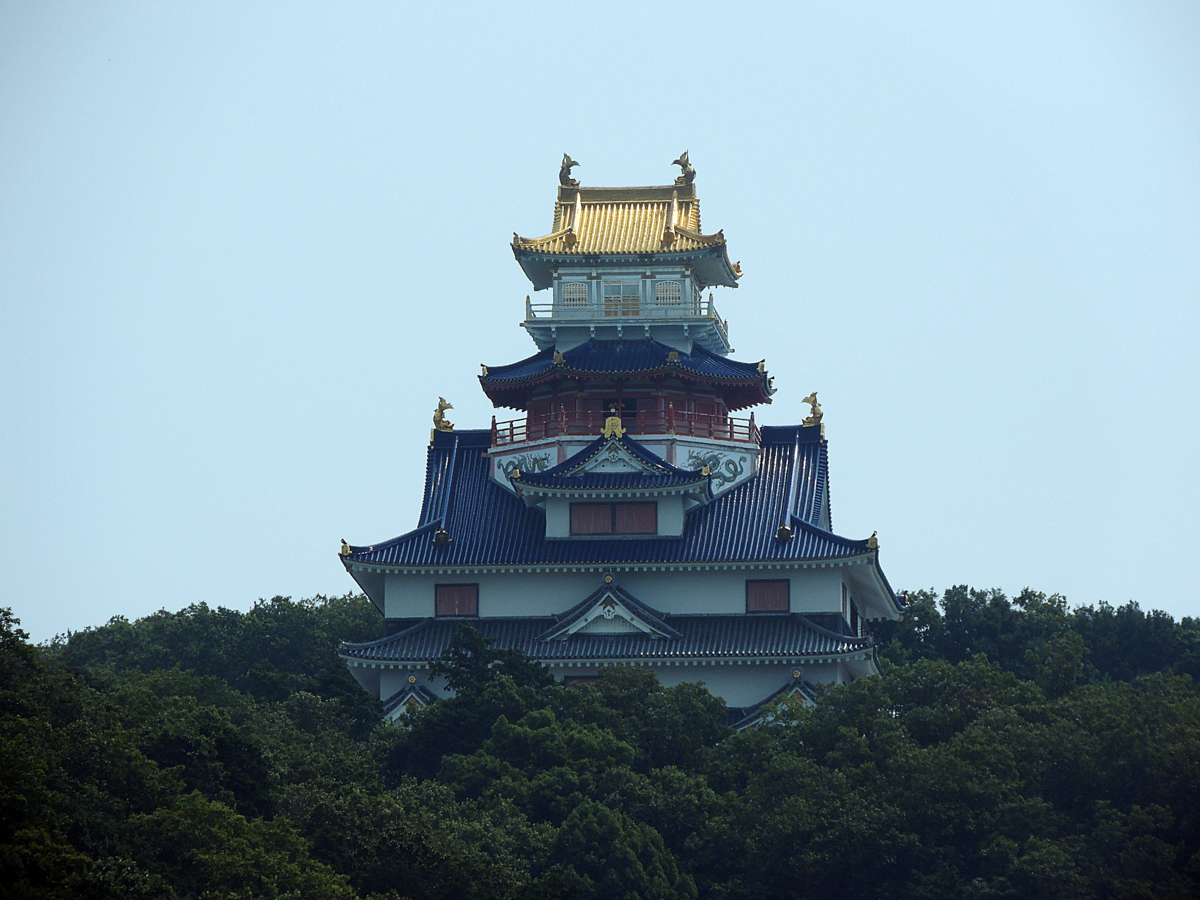
Continuing his expansion, Oda Nobunaga began to dislocate his generals in control of individual provinces. Shibata Katsuie and Maeda Toshiie were sent to the north and Akechi Mitsuhide to the Tamba province. Hashiba Hideyoshi was instead sent to the West in 1577 against the Mori clan. The latter was sustaining with supplies by sea the Ikko fortress of Ishiyama Honganji. Here Nobunaga's army ran the siege for some time from the ground.
In 1578, the new Nobunaga's castle was completed, known as the castle of Azuchi. Impressive for its extravagant decorations, the period between the fall of the Ashikaga shogunate and the death of Nobunaga was named from this castle. This is now known as Azuchi period.
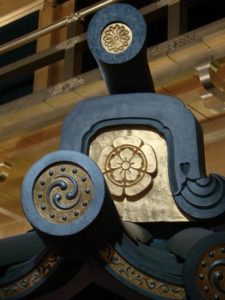
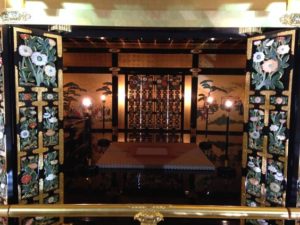
Oda Nobunaga & Uesugi Kenshin
In 1577, however, Uesugi Kenshin, the second best general of his time after Takeda Shingen, decided to take part in a second anti-Nobunaga alliance. The first encounter took place at the Battle of Tedorigawa, resulting in a decisive victory for Kenshin. Uesugi then began to prepare his march on Kyoto. According to one tradition, Nobunaga allegedly confessed to one of his officers that if Kenshin had come to Kyoto with his army, he would have no choice but to surrender and hope to be spared. Uesugi Kenshin, however, died, possibly of a heart attack, or perhaps stomach cancer, while he was in his wash house. According to sources of the time, his health seemed compromised since some time.
Without no good rivals, Nobunaga forced the last Ikko rebels to surrender in the fortress of Ishiyama Honganji in 1580. This completely destroyed the Takeda clan in 1582, during the Battle of Temmokuzan.
Nobunaga was now the undisputed authority in the country, and was preparing to move his armies against the provinces of Echigo, and Shikoku.
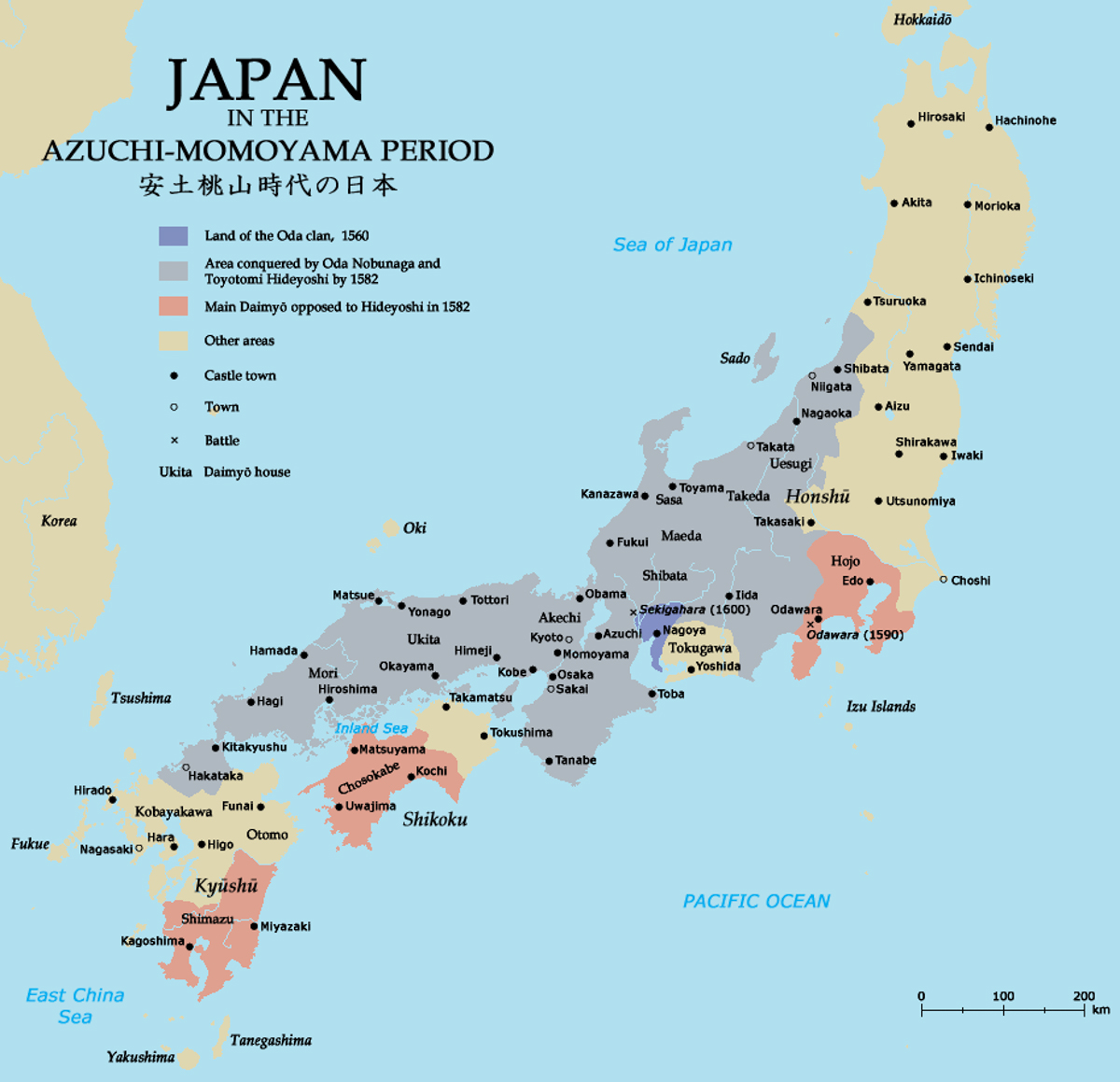
Japan in 1582. The purple areas indicate the territories controlled by Oda Nobunaga in 1560, and the gray areas indicate the territories controlled by Oda Nobunaga until his death, in 1582.
From 1582
In 1582, Hashiba Hideyoshi, one of the generals closest to Nobunaga, invaded the province of Bitchu, besieging the castle Takamatsu. The latter was vital to the Mori clan, because it occupied a strategic position from which it was easy to penetrate into their domain. Mori Terumoto arrived with his army in support of Takamatsu Castle. The two sides found themselves in a stalemate. At this point, Hideyoshi asked reinforcements to Nobunaga.
It was noted that Hideyoshi didn't really need reinforcements. However, he still asked the help of his Lord. According to some, he did it not to directly take credit for the victory, because many generals do not take kindly to the success of a general of humble origin and not part of a samurai clan. According to others, Hideyoshi intended to put Nobunaga in a critical position so to be able to take a personal advantage.
In any case, Nobunaga left the preparations for the invasion of Shikoku to Niwa Nagahide and went with Akechi Mitsuhide to reach Hideyoshi. Along the way, Nobunaga and his men paused in Honnō-ji temple in Kyoto. Here Nobunaga, being at the center of his rule and considering himself safe, was guarded only from a few trusted servants and guards. Unexpectedly, Mitsuhide Akechi ordered his men around the temple in an attempted coup. In the skirmish that followed, Nobunaga lost and retreated inside the temple and Mitsuhide, applying the technique that Nobunaga had so often used, set fire to the temple.
Oda Nobunaga and the legend of his death
It is not known what happened to Nobunaga in his last hours of life. Probably he and his attendant Mori Ranmaru accomplished seppuku while the temple was burning. His remains were never found in the rubble of the temple, giving rise to a wide range of popular legends.
Immediately after the coup, Mitsuhide's men attacked the Nijo Castle, where they forced Nobunaga's heir, Nobutada, to perform seppuku in return.
For eleven days Mitsuhide met various members of the Oda clan and the imperial court to be appointed successor of Nobunaga invain. Upon receiving the news, Hideyoshi signed a truce with the Mori clan. Then he reached out and killed Mitsuhide at the Battle of Yamazaki after only 11 days from Nobunaga's death
Oda Nobunaga, the head of the clan
Nobunaga never accepted any of the titles that were offered. He remained only the head of the clan Oda and the daimyo of Owari. Nevertheless, his authority allowed him to introduce major changes in the country.
One of the most important news of the Azuchi-Momoyama period was the creation of samurai families. In the Muromachi period in fact the many wars had led the clans to accept in their armies anyone skilled in combat. During the Sengoku era basically every male Japanese adult belonged to at least one military organisation.
From 1576 Nobunaga began to confiscate weapons to peasants in the territories he controlled. In this way he reduced the risk of riots and the number of fighters from him not directly controllable. His successor Toyotomi Hideyoshi, despite being originally from a family of farmers, completed the work. He recognized by law the samurai caste. Access to this caste could thus take place only by inheritance by banning all non-samurai to carry firearms. Samurai families who had opposed Nobunaga first, and then Hideyoshi and Ieyasu, were declared illegitimate. Their components became rōnin or civilians.
Oda Nobunaga's military plan
On the military level, Nobunaga led his army to the technological level of the European ones. He took the first large-scale spears, firearms, armored ships, and fortifications worth of the period of mass wars. Some sources also attribute to him the creation of the multi-line formation of the troops equipped with muskets. In this way he was able to ensure continuous focus and therefore a greater impact on the enemy. This tactic, used for the first time in 1575 during the Battle of Nagashino, would in fact appeared in Europe only in 1590. Nobunaga made the first extensive use of European weapons for its military campaign. He brought a radical change to the antiquated military tactics employed by Japanese armies.
His wars, however, are remembered primarily for their violence and ruthlessness. To this we can add the practice of burning enemies alive, that Nobunaga used as a warning to his opponents.
Oda Nobunaga focused on the specialization and professionalization of his army. He gave assignments and promotions based strictly on merit, almost completely ignoring the rules of nobility and family relationships. The rise of Hideyoshi is a prime example of this.
The defeated daimyō expropriated lands then redistributed them among his vassals not based on size, but on the production of rice. With some modifications, Oda Nobunaga's organizational system was extended to the entire country with the beginning of the Tokugawa shogunate.
Oda Nobunaga's economic plan
Economically, Oda Nobunaga showed great competence, building castles as focal pin for the economy. In this way he favored the migration from an agricultural economy to a manufacturing type. He built roads between the castles, to facilitate commercial traffic and the movement of armies. He conformed the units. He enhanced the international traffic, with China and Korea also with Nanban ("southern barbarians", a term that covers the Philippines, Siam, and Indonesia, but also Europe). Moreover, he established the Rakuichi Rakuza, to encourage the opening of unions, associations and guilds, prohibiting monopolies that Nobunaga considered an impediment to trade and he also developed laws requiring cases of tax exemption and regulated the contraction of debts.
Oda Nobunaga and the art
Thanks to the wealth accumulated over time, Oda Nobunaga financed various forms of art, and built beautiful gardens and castles. His castle of Azuchi on the shores of Lake Biwa is described by contemporaries as one of the best in history. Covered with gold and statues on the outside and decorated inside with screens, sliding doors, paintings on the walls and ceilings, especially by Kano Eitoku. In this period, Oda Nobunaga's master of ceremonies, Sen no Rikyu codified the rules of cha no yu, the tea ceremony. Nobunaga made this ceremony very popular and used it to discuss politics and business. Under his rule the first examples of kabuki also appeared, developing more organically in the more peaceful Edo period.
Oda Nobunaga and European Culture
Nobunaga was very interested in European culture, so much so that he collected works of art, arms and armor from the west of the world. It is considered one of the first Japanese to be wearing European clothes. Although not religious, he supported the Jesuit missionaries in Japan as a political move against Buddhist monks. Under his rule, on August 15 1576, it was built the first Christian church in Japan.
According to the sources Oda Nobunaga and the entire Oda clan were descendants of both Fujiwara and Taira clans. His ancestry can be directly traced back to his great-great-grandfather Oda Hisanaga, followed by Oda Toshisada, Nobusada Oda, Oda Nobuhide, and Nobunaga himself.
Oda Nobunaga today
Nobunaga appears frequently in the narrative and continues to be described in many anime, manga, video games and movies. It is generally described as evil nature or even demonic, although some of the works depict him in a more positive light. This type of work includes the films of Akira Kurosawa Kagemusha - The Shadow Warrior. Here the character of Nobunaga is energetic, athletic and respectful of his enemies. In Goemon he is described as a master of Ishikawa Goemon. Nobunaga is also a protagonist of the historical story Taiko Ki Eiji Yoshikawa, here is a firm but benevolent lord. It is described in a heroic manner even in some video games as Kessen III, Ninja Gaiden 2 and the Warriors Orochi series. In one of the Hunter × Hunter Ghost Brigade members is a samurai named Nobunaga Hazama.
Oda Nobunaga nelle serie TV e videogiochi
In contrast in the series of novels and anime Yōtōden, he is described literally as a demon and a lord of warhungry for conquest. In the novel The Samurai's Tale by Erik Christian Haugaard, he is an antagonist "known for his merciless cruelty." It is described as evil or megalomaniac in some manga and anime series including Samurai Deeper Kyo and Flame of Recca.
Nobunaga is described as evil, bloodthirsty, and / or demonic in many video games such as Ninja Master's, Sengoku, Inindo: Way of the Ninja and Atlantica Online, and the game series of Onimusha, Samurai Warriors, Sengoku Basara (and its adaptation as anime) and Soulcalibur. It is also mentioned in Detective Conan in an Osaka case (283-285 episode of the anime).
There are also numerous examples of his descriptions in a more neutral or historical context. These are found especially in the taiga drama (fictional series) on Japanese television. Oda Nobunaga also appears in the manga series Tail of the Moon, Kacchu no Senshi Gamu and in the historical novel by Tsuji Kunio The Lord Shogun of the Warring States. Historical representations in video games (mostly in Western strategic games) include Shogun: Total War, Total War: Shogun 2, Throne of Darkness, "dominations", Ninja Commando and the series Nobunaga's Ambition, like Civilization V and Age of Empires II: The Conquerors and Sengoku Basara.

Oda Nobunaga was also played by the Japanese singer and actor GACKT in live action Sengoku Basara -Moonlight Party- taken from the video game Sengoku Basara, which aired in 2012.
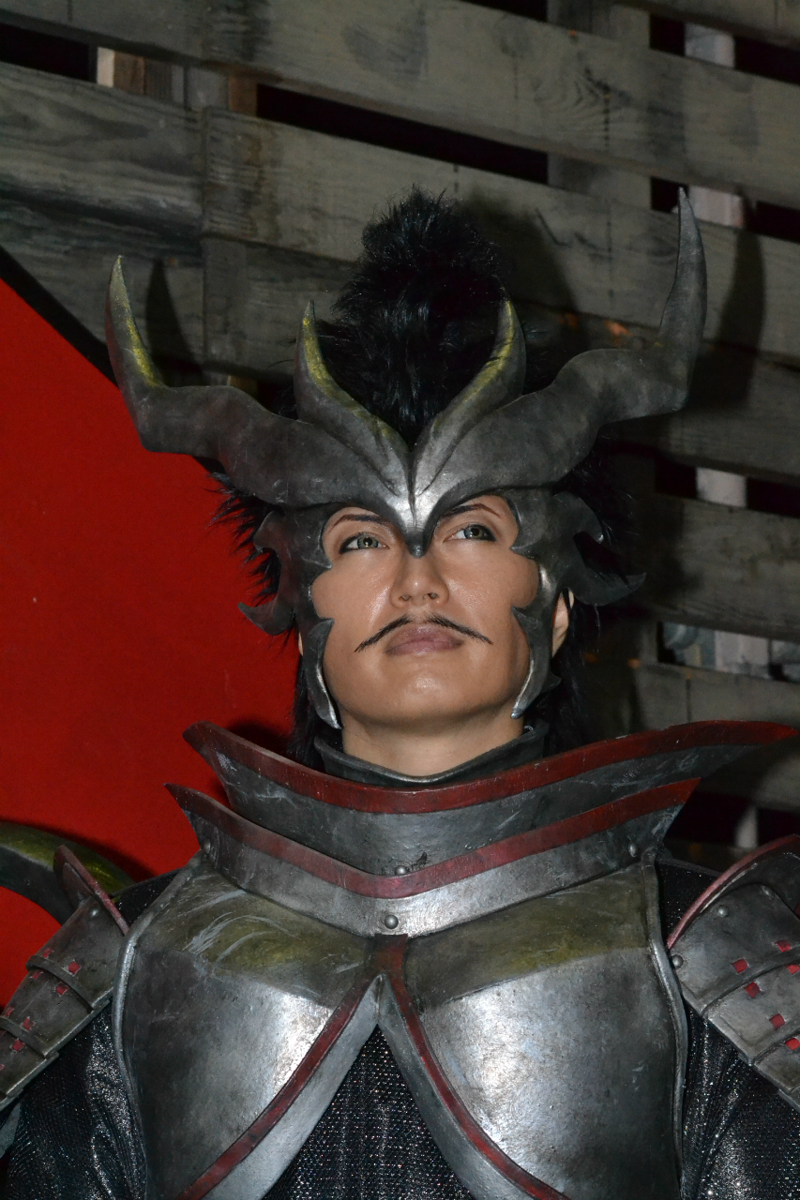
GACKT himself created the ending theme of the live action Sengoku Basara -Moonlight Party- with the song Hakuro, in which there are video images of him as Oda Nobunaga, here's a preview of the MV:
https://www.youtube.com/watch?v=-HmJ9urodNs
Japanese Folklore: Pretty Guardian Sailor Moon
Pretty Guardian Sailor Moon
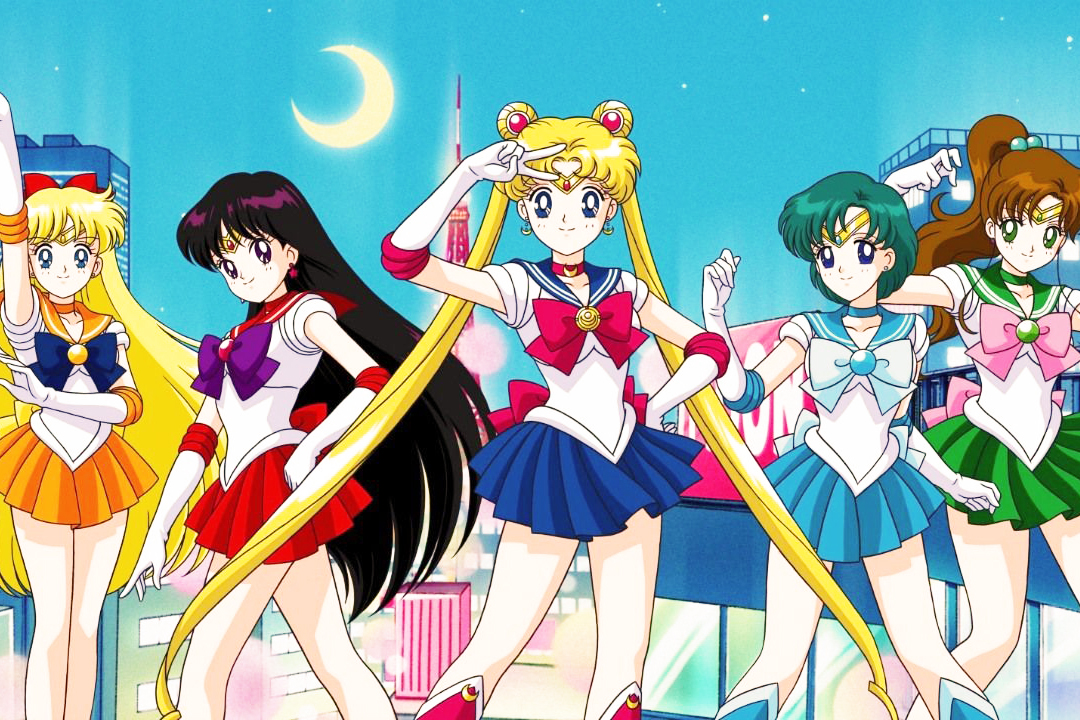
If I tell you that her hairstyle is famous all around the world for its blonde pigtails tied up into cute Odango (lit. Meatballs) can you guess who I'm talking about? No? Her outfit is a mix between a school uniform and a sailor's one and it doesn't ring any bell? No, this is impossible because we are talking about Usagi Tsukino.
She universally known as Sailor Moon the warrior in a sailor uniform that protects the Earth from evil aliens from all around the galaxy. Beloved heroine among children from the 90s and one of the ambassadress for Tokyo’s Olympic games in 2020.
Born from the sublime work of Naoko Takeuchi, at the beginning of the 90s, it immediately became and iconic character both in Japan and abroad. Triggering dreams of generations of people with her immortal love story with Tuxedo Kamen and teaching the values of friendship together with her companions of adventure, the Sailor Senshi, she is legend today still.
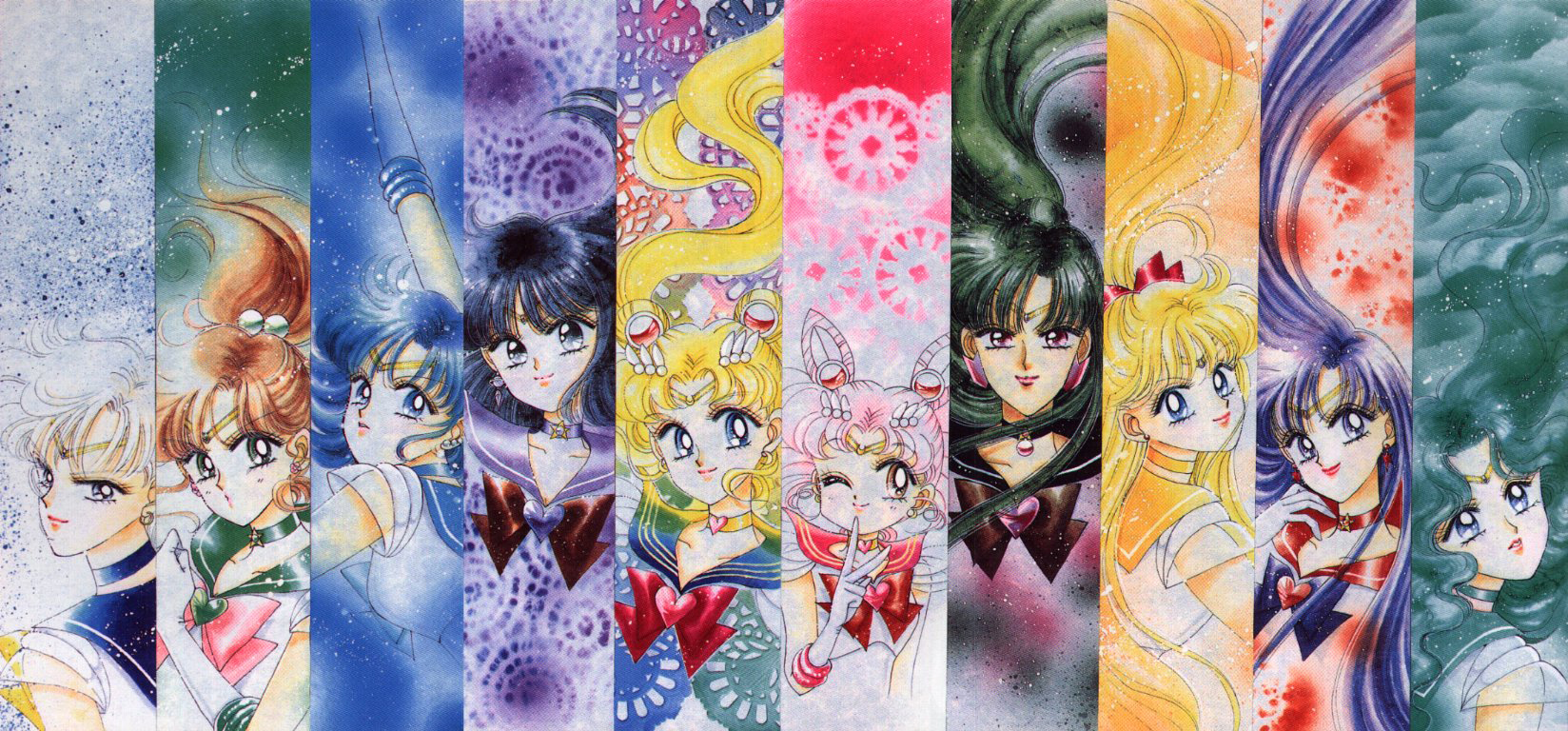
The origin
Sailor Moon was originally created to be the spin-off of Codename Sailor V. Yes! Our heroine from the moon was born after her companion Sailor Venus, true leader of the Sailor warriors. This manga represents the best example of Majokko (魔女っ子 "Magical girl"), that is a sub-genre of the shōjo genre. The typical plot for this genre tells the story of a magical girl supported by a magical animal. In our case we have three cats, Luna, Artemis and Diana. Usually the protagonist of this type of mangas has magical powers, mixing love and fantasy. However Sailor Moon is also the first female version of the genre Sentai Mono (戦隊モノ "fighting squad"). This is a genre that includes all those mangas in which a group of protagonists stick together and fight against evil forces.
So it is no surprise that Sailor Moon is, for this and other reasons, one of the best examples of Feminism in the manga world.
Love beyond time, space and genre
Sailor Moon not only taught us the values of friendship, but it also had a great impact on love, free from any generalizations for categories, as it often happens in mangas and even in real life.
We all know that the most known couple in the manga like in the anime is that formed by Sailor Moon and her Tuxedo Kamen, a love beyond time and space, hence immortal.
In love since their previous life, Princess Serenity and Prince Endymion form Earth, they take their names from the Greek moon goddess, Selene, and her beloved prince from Earth, Endymion. From the legend to reality, they love each other even in their present life as Usagi Tsukino and Mamoru Chiba, as they will love each other in the future too as Neo Queen Serenity and King Endymion.

One might think that is Tuxedo Kamen that rescues our heroine when she is in danger with his flying roses, but it’s his character that many times falls in the hands of the enemy, even becoming evil himself at some points. However, it’s only thanks to the love that Sailor Moon has for him that he manages to survive and with him, all us humans. Because as Takeuchi said “Girls have to be strong to protect the man they love”.
Sailor moon and the homosexual relationships
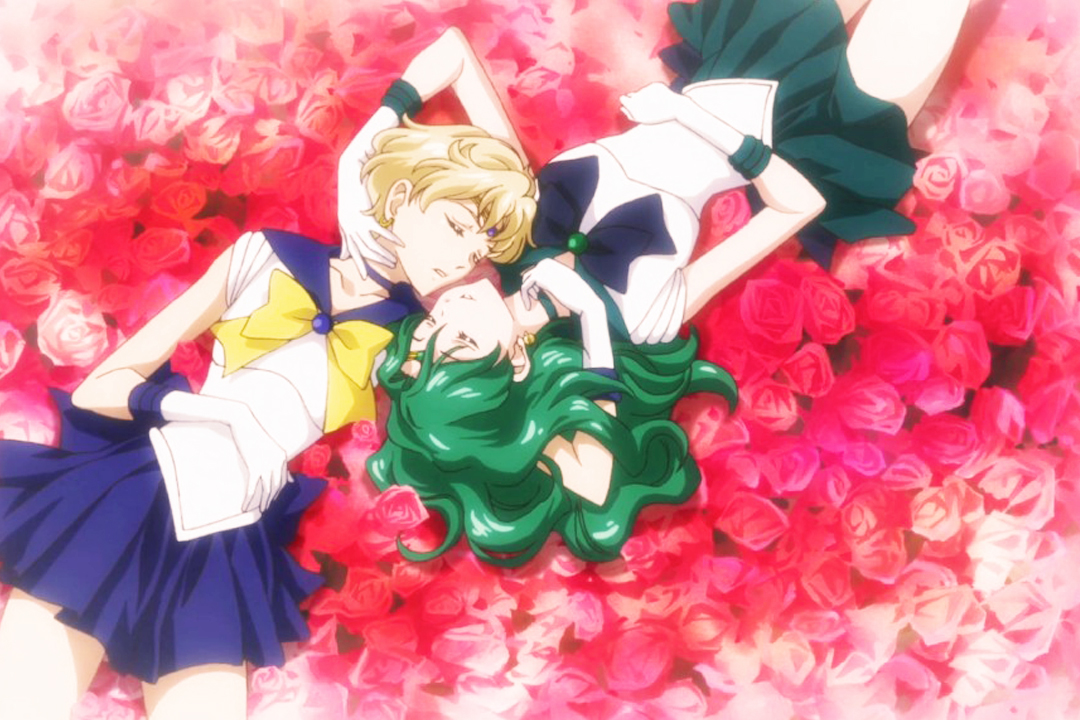
But there are also other love relationships in the manga. The sapphic and unconcealed relationship between the androgynous Sailor Uranus and the sensual Sailor Neptune. A relationship that is somewhat veiled but that is clearly visible from the third act on.
Also, there's the homosexual relationship between two emissaries of the Dark Kingdome. Zoisite and Kunzite's relationship changed from version to version. Love in the animated series and strong friendship that never becomes love in the manga.
But we can also mention the strong bond between Sailor Mars and Sailor Venus, that reminds us of the bond between Mars and Venus in the ancient myths.
Naoko Takeuchi: an empire among stars, art and style
The ‘mother’ of our beautiful sailor warriors is, as said before, Naoko Takeuchi, born in 1967. It is as if she won the lottery of life in the world of mangas. Not only her most famous work is well known all around the world, but she also married Yoshihito Togaki, ‘father’ of Yū Yū Hakusho and Hunter x Hunter.
Also, she is close friend with other famous mangakas like Wataru Yoshizumi (Marmalade Boy) e Yuu Watase (Fushigi Yûgi).
The passion for drawings has always been with her in spite of the fact that she studied chemistry in University. Her style is characterized by clean and delicate lines, that are particularly lovely in the art book with doilies as decoration.
She is a woman of many passions, from literature, to cars, arts and many other things. In many cases she used the Art Nouveau works of Alfons Muchas as references for her illustrations. Another great passion of hers is fashion, various outfits used by Sailor warriors and their enemies were inspired by Maison Dior. The wonderful and iconic gown worn by Princess Serenity is inspired by Dior’s “palladio” gown from the ‘92 spring/summer collection.
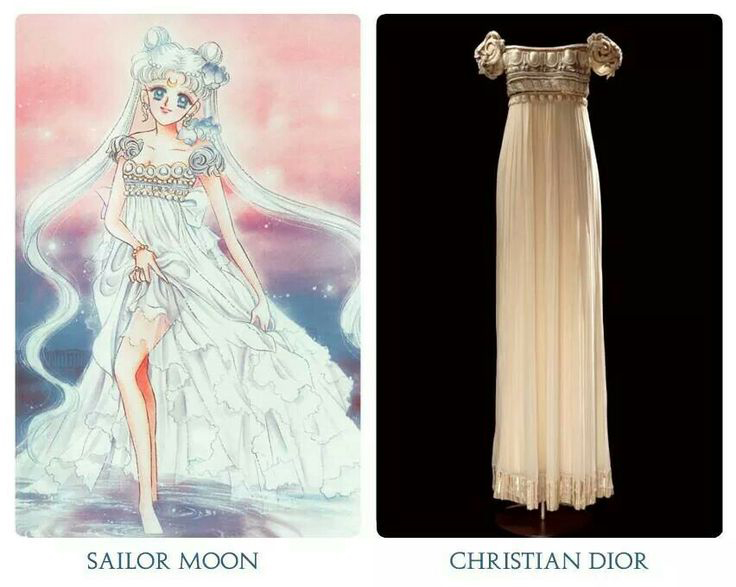
Thanks to its 20th anniversary, and now to its 25th anniversary, Sailor Moon shines brightly under a new lucky star. True happiness for all those kids that grew up with her and now have turned into grown up collector.
Sailor Moon Franchising
The Sailor Moon franchising goes from the classic dolls, to the most varied action figures. There are also countless make-up products, lots of cult objects like the replica of the Moon Stick, outfits and many things more.
The manga was adapted into a live action series, several OVAs, musicals and let's not forget the new anime adaptation of Sailor Moon Crystal released on July the 5th, in 2014.
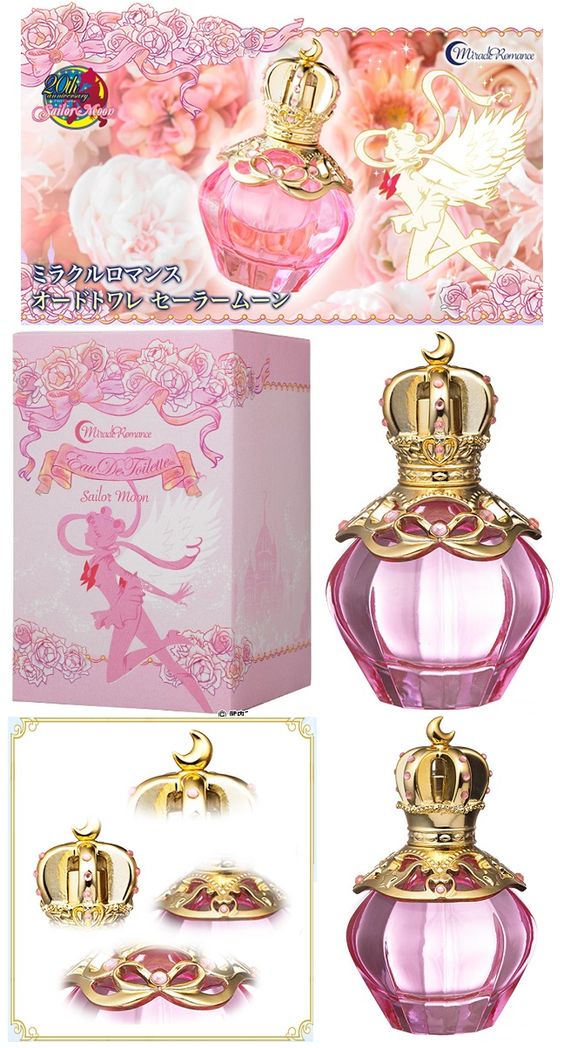
In Tokyo a theme bar was opened and remained active for some time. For all those that couldn’t go there, you can always visit the Azabu Juban “shopping district”, central district in Tokyo. This area is often shown in Sailor Moon’s frames. For every true fan this is a must if you want to feel like a real Sailor Warrior.
Photo credits: Tumblr, Pinterest.
Japan Culture: Harajuku Girls
Harajuku Girls
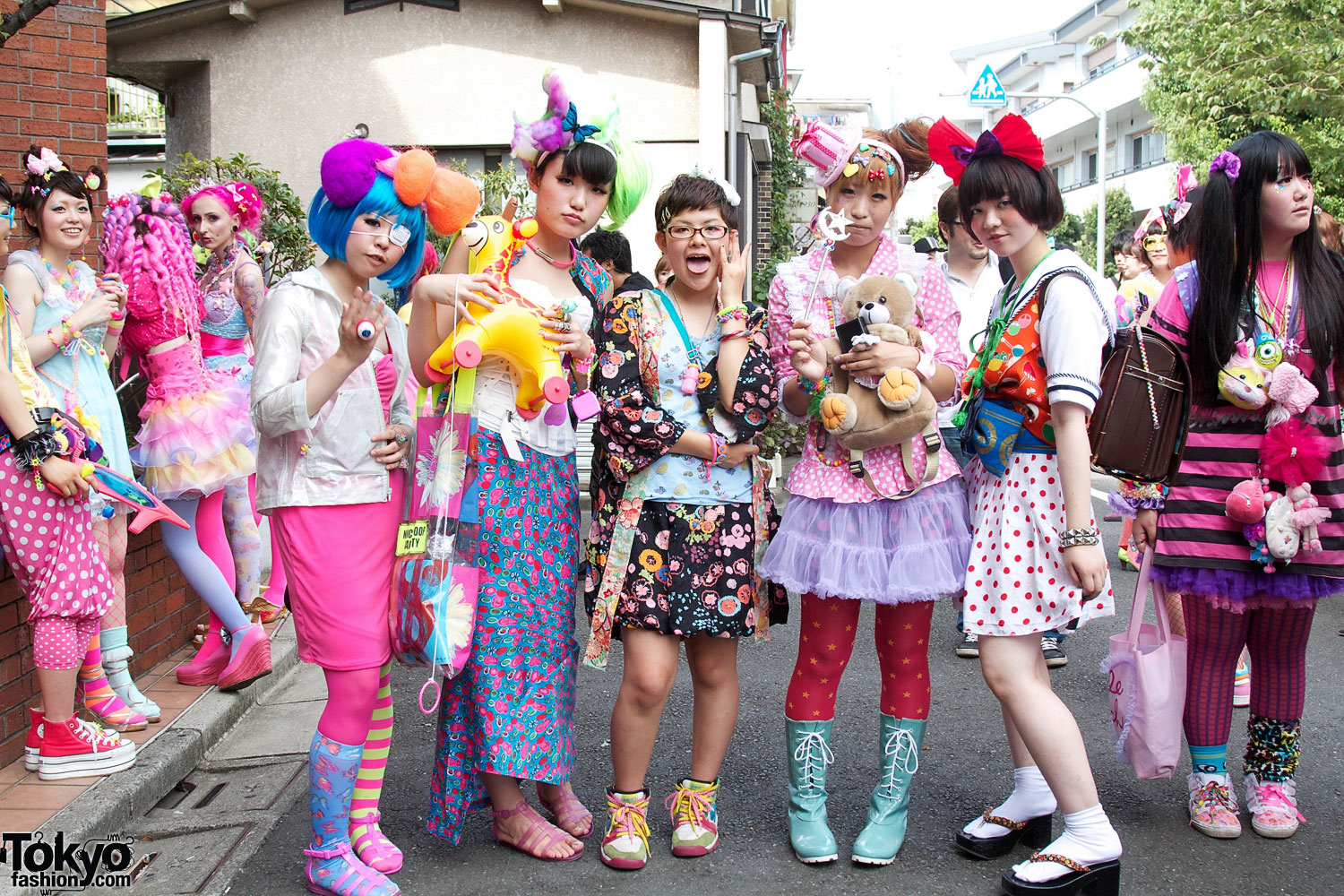
Harajuku girls - We've heart about the Harajuku girls (原宿ガール Harajuku gāru) at least once, if not for Gwen Stefani's melodies. The singer in 2004 managed to climb the international charts with this hit making this clothing style famous all over the world. Although it was very strange to a westerner's eye, the group became a huge success creating a vast empire. As a result, real brands such as Harajuku Lovers were born and are now famous throughout America and the world. Let us not forget the recent KuKu Harajuku, cartoon inspired by the band and the fashion. Despite Gwen Stefani has managed to establish herself in the western market with this brand, she isn't the creator. This particular look sees its birth some years before on the streets of the never boring Tokyo.
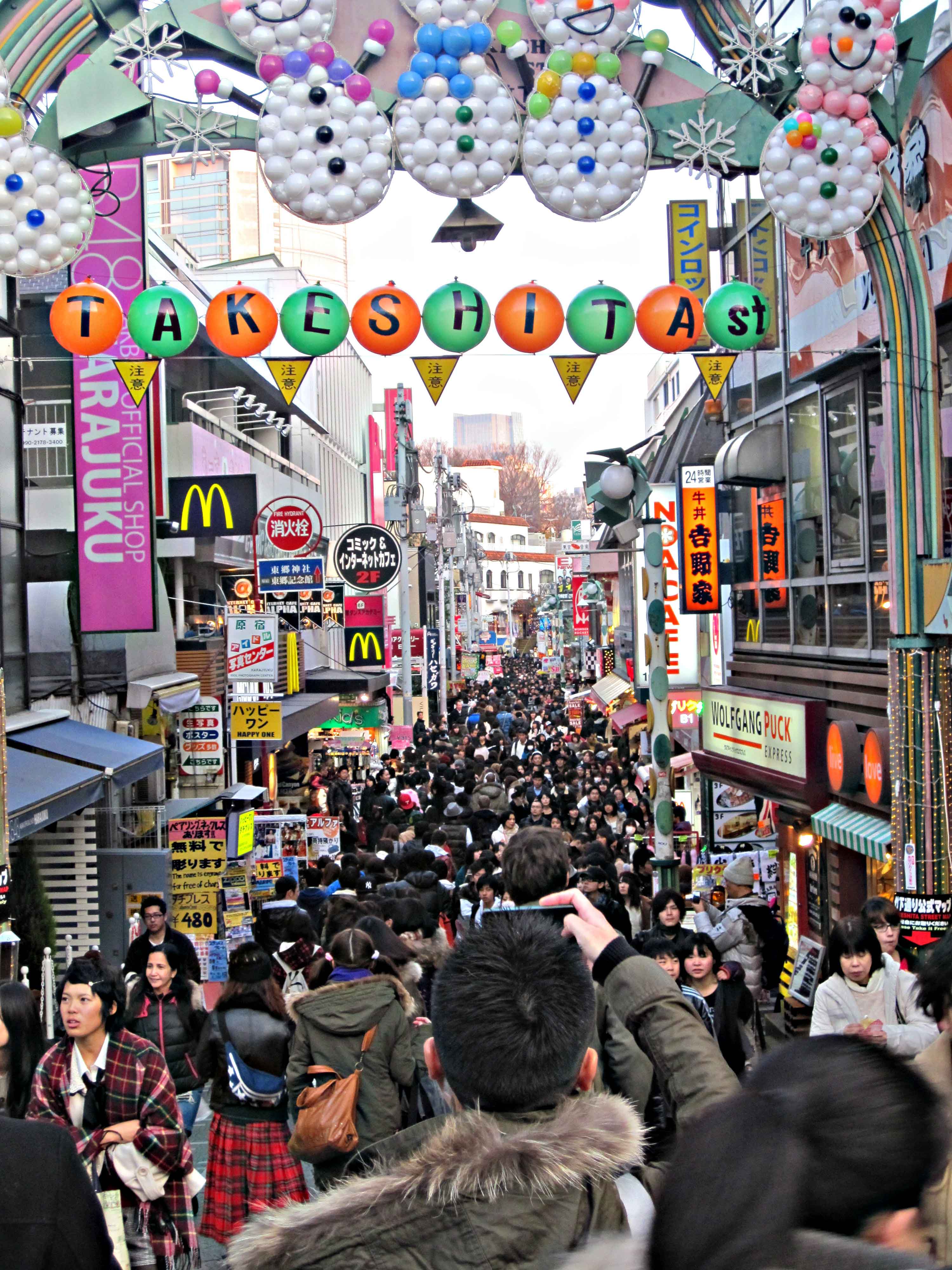
Originated in the second half of the nineties, the term Harajuku (Harajuku 原宿, "accommodation in the meadow") sees its birth in the homonymous area.
Shibuya, the special district of Tokyo where the Harajuku Station is situated, is a place known for the creation of new trends, never dull and extremely popular among the Japanese youth. This is also the district with the most famous shopping streets. The well know Omotesando and Takeshita, the first dedicated to the most famous brands (Chanel, Dior, Louis Vuitton, etc.) and the second to the youthful and alternative style. The latter tends to mingle with different brands and styles, creating something more innovative.

The Harajuku look is part of the street fashion. You can find different sub styles: gothic lolita, sweet lolita and decora to name a few. Although they are associated mainly with the girls in adolescence, within this culture the boys are not exempt. It is not rare to find among them those who follow a look more tied to the Japanese punk style.
Bright colours, layering, traditional Kimonos mingle with western clothes and accessories outside the lines. All of this makes brilliant ways to establish itself in these streets. Those who decide to follow the Harajuku style, must prepare for the race at the last constant trend, because in Japan everything is outclassed in a short amount of time.
It is admitted and granted everything in a look as long as it is always an expression of your own personal individuality. There is not a precise model to follow, it should not be a copy of someone else. The important thing is to express your way of being. For this reason, more than just a fashion this becomes a real lifestyle.
Photo credit: Tokyo Fashion; Amy in Wonderland








